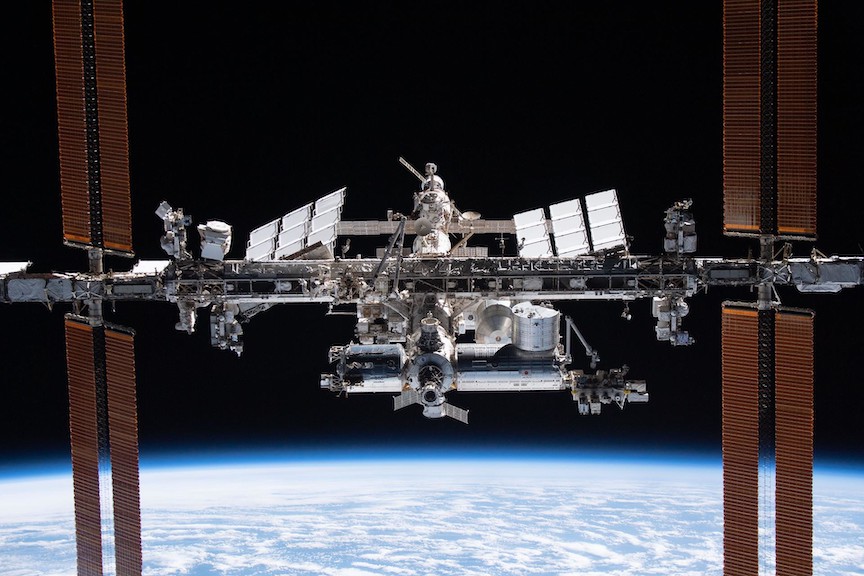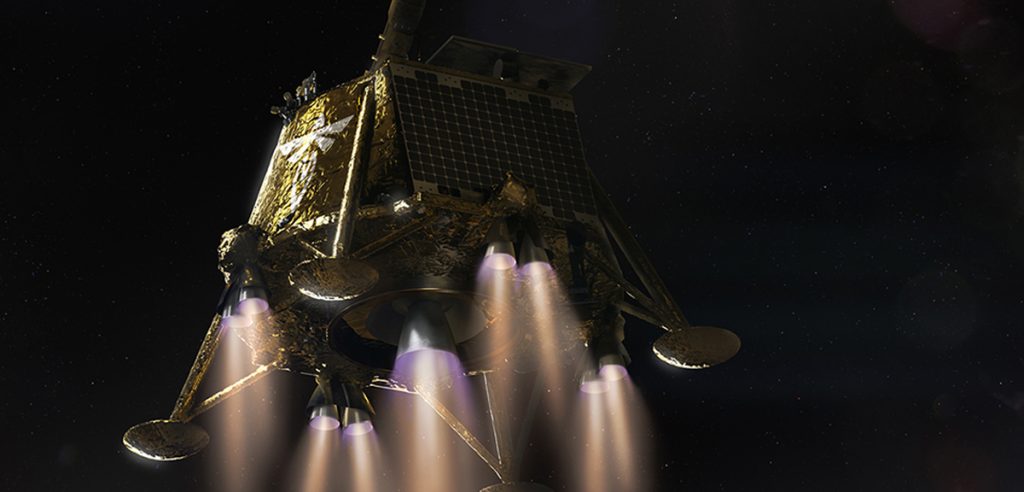Firefly Aerospace selected by NASA for Robotic Delivery to Far Side of the Moon.

Rendering of Firefly’s Blue Ghost transfer vehicle deploying the European Space Agency’s Lunar Pathfinder satellite to lunar orbit. ESA’s Lunar Pathfinder is designed and developed by Surrey Satellite Technology Limited.
ESA collaborated with NASA for delivery through the CLPS initiative.
To carry multiple payloads to the far side of the Moon including a satellite to orbit that area, NASA has selected Firefly Aerospace of Cedar Park, Texas. The commercial lander will deliver two agency payloads, as well as a communication and data relay satellite for lunar orbit, which is an ESA (European Space Agency) collaboration with NASA.
The contract award, for just under $112 million, is a commercial lunar delivery targeted to launch in 2026 through NASA’s Commercial Lunar Payload Services, or CLPS, initiative, and part of the agency’s Artemis program.
This delivery targets a landing site on the far side of the Moon for the two payloads, a place that permanently faces away from Earth.

Scientists consider this one of the best locations in the solar system for making radio observations shielded from the noise generated by our home planet. The sensitive observations need to take place during the fourteen earth-day-long lunar night.
One of these payloads delivered to the lunar surface aims to take advantage of this radio-quiet zone to make low-frequency astrophysics measurements of the cosmos – focusing on a time known as the “Dark Ages,” a cosmic era that began some 370,000 years after the Big Bang and lasted until the first stars and galaxies formed.
Since there is no line of sight and no direct communication with Earth from the far side of the Moon, Firefly also is required to provide communication services.

“NASA continues to look at ways to learn more about our universe,” said Nicola Fox, associate administrator, Science Mission Directorate at NASA Headquarters in Washington.
“Going to the lunar far side will help scientists understand some of the fundamental physics processes that occurred during the early evolution of the universe.”
Source: NASA






